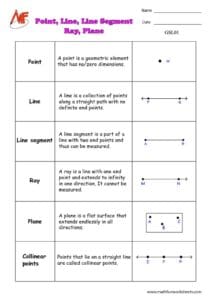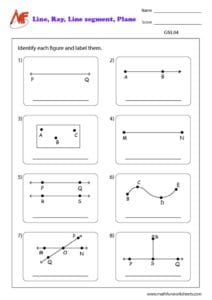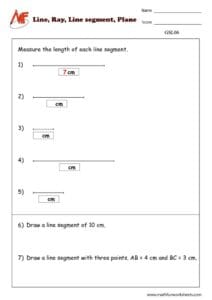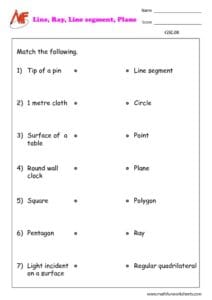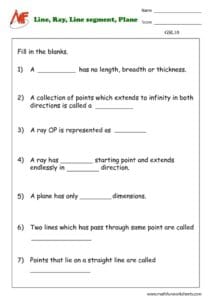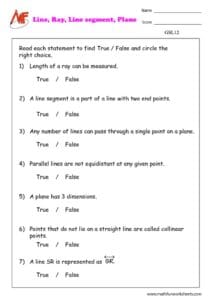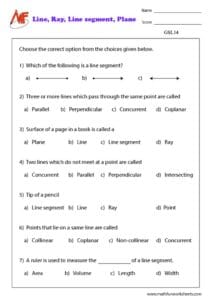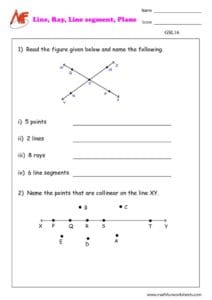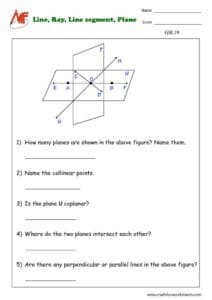Browse by Topics
- English Worksheets
- Kid's Corner
- Numbers & Operations
- Addition
- Subtraction
- Multiplication
- Division
- Decimals
- Place Value
- Roman Numerals
- Skip Counting
- Odd & Even Numbers
- Patterns
- Cardinal & Ordinal Numbers
- Rounding Numbers
- Estimation of Numbers
- Estimation of Time & Money
- Counting & Cardinality
- Comparing Numbers
- Ordering Numbers
- Fractions
- Prime & Composite Numbers
- Squares & Cubes
- Square & Cube Root
- Divisibility Rules
- Factors & Multiples
- Data Handling
- Algebra
- Ratio
- Least Common Factor
- Greatest Common Factor
- Percent Worksheets
- Proportion
- Order of Operations
- Scientific Notation
- Exponents
- Algebraic Expressions
- Evaluating Algebraic Expressions
- Simplifying Algebraic Expressions
- Graphing Lines
- Point Slope Form
- Two Point Form
- Two Intercept Form
- Equations
- Identifying Functions
- Evaluating Functions
- Function Table
- Domain and Range
- Trigonometric Charts
- Quadrants
- Polynomials
- Measurement
- Geometry
- Word Problems
Lines, Rays, Line Segments and Planes Worksheets
Lines, rays, line segments and planes worksheets help students understand the building blocks of geometry. These worksheets offer guided practice to identify and differentiate each concept. With clear visuals and structured exercises, learners can grasp the fundamentals quickly and confidently.
A line is a straight path that extends endlessly in both directions. It has no endpoints. In contrast, a ray starts at one point and goes on forever in one direction. It has a starting point but no end. A line segment, however, has two endpoints. It is a part of a line with a definite beginning and end. Meanwhile, a plane is a flat surface that extends infinitely in all directions. It has length and width, but no thickness.
These worksheets introduce each term with definitions and diagrams. Then, students practice identifying and labeling them. Next, they draw their own examples. This active approach helps learners retain the concepts better. Some worksheets include real-world examples, such as roads (lines), flashlight beams (rays), rulers (line segments), or table tops (planes).
Transitioning from theory to practice becomes easier with guided steps. Students learn to compare the differences and spot similarities. As they progress, they develop spatial reasoning and critical thinking skills.
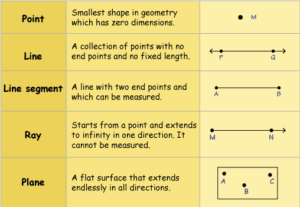
Different types of lines like parallel, perpendicular, intersecting and concurrent lines are also discussed in detail.
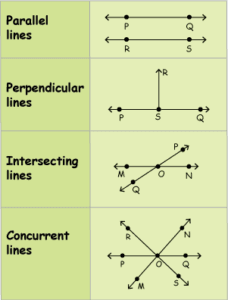
RELATED GEOMETRY TOPICS : 2D Shapes, 3D shapes, Composing and Decomposing shapes, Symmetry
Lines, Rays, Line Segments and Planes Worksheets
Word Problems - Advanced

Word Problems - Advanced
Teachers can use these worksheets in classrooms or assign them as homework. They’re also great for homeschoolers or self-study. Whether you’re reviewing basics or building new knowledge, these resources support learning at every level.
In conclusion, these worksheets make abstract geometry concepts clear and engaging. They turn simple shapes into meaningful learning tools. With regular use, students build a strong foundation in geometry that prepares them for more advanced topics.

